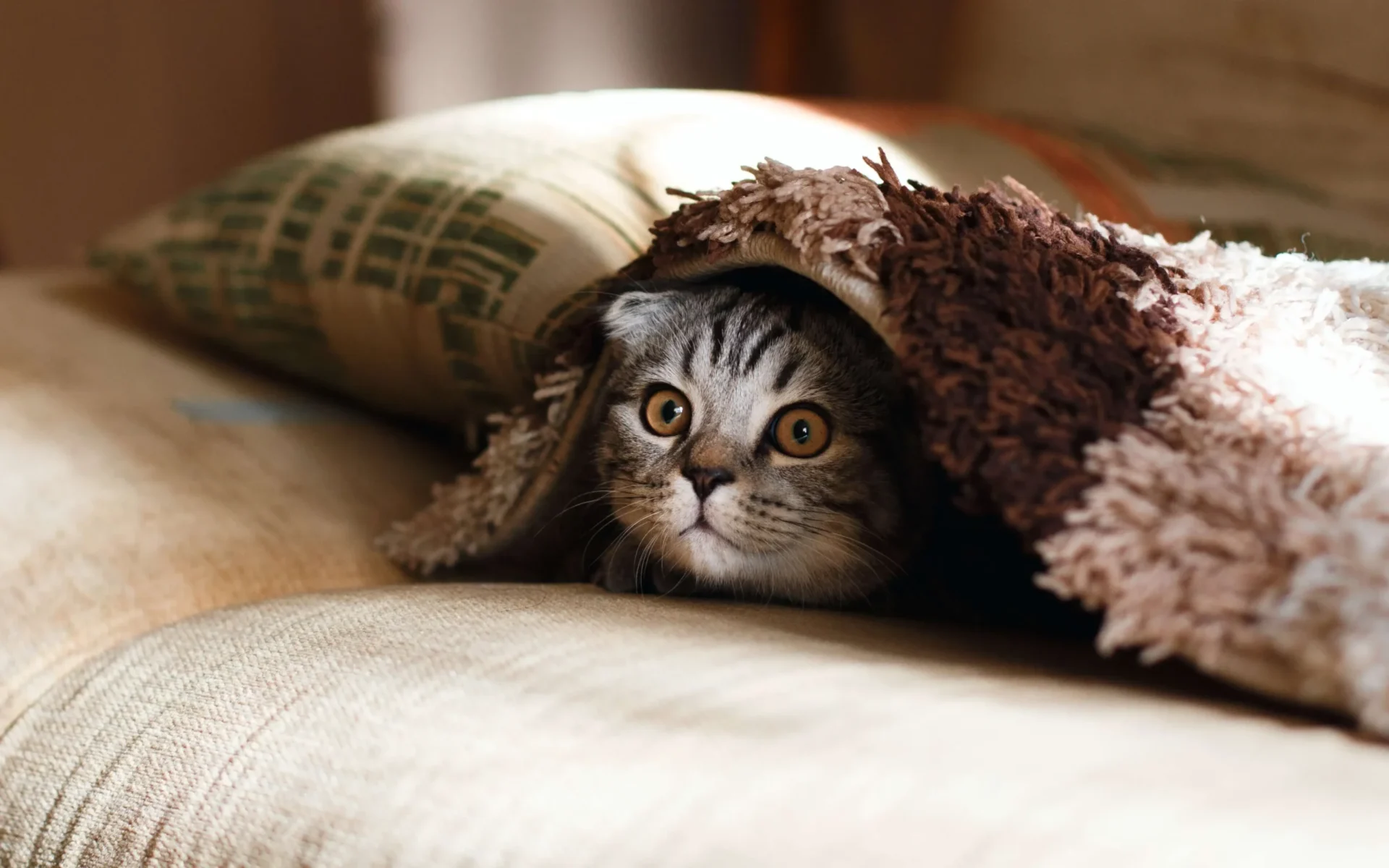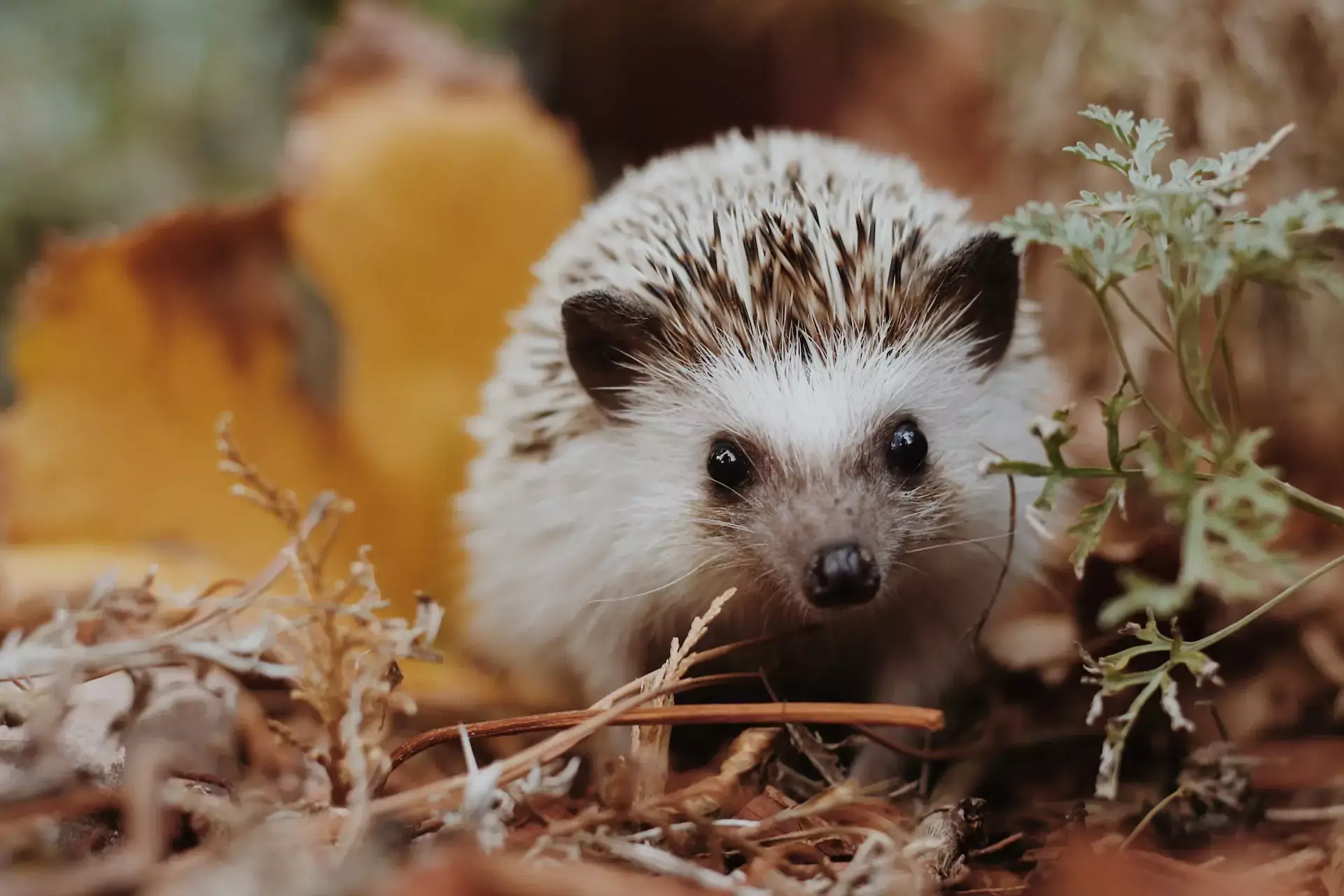Guinea Pig Cages: Setting Up Your Cavy’s Home
Bringing a guinea pig into your home is an exciting and rewarding experience, but one of the most important aspects to consider is providing the perfect habitat. Guinea pig cages are more than just enclosures—they are your cavy’s sanctuary, influencing its health, happiness, and longevity. A spacious, well-equipped cage allows your guinea pig to express natural behaviors like exploring, burrowing, and socializing. Did you know that experts recommend a minimum of 7.5 square feet for a single guinea pig, with additional space for each additional pet? Inadequate cage size can lead to stress, obesity, and other health issues. This article will guide you through the essentials of setting up the ideal guinea pig cage, including choosing the right size, selecting safe materials, and incorporating enrichment activities. By following evidence-based guidelines and understanding your pet’s unique needs, you can create a comfortable and stimulating environment where your guinea pig can thrive. Let’s get started on crafting the perfect home for your furry friend.
Did you realize that America has more pet Guinea pigs than any other country? According to AVMA research from 2022, approximately 1.5 million households in the United States have cavies. Of course, these tiny guys are quite social and should always have roommates. This suggests that the United States might have up to 3.8 million Guinea pigs. Guinea pigs are adorable and relatively easy to care for. In fact, providing your pet with a good cage is frequently half the battle. In this post, a local Carroll, IA veterinarian answers some commonly asked issues about Guinea pig cage arrangement.
Do Guinea Pigs Prefer Multi-Level Cages?
You can acquire your dogs a multi-level cage, but make sure it is one that they cannot fall from. It should feature an enclosed ramp that is safe and easy for your pet to climb, and the upper levels should be free of gaps and openings that your pet could fall through. This is critical since these guys don’t have the best vision, and could easily walk over a steep drop and injure themselves.
Can You Let Guinea Pigs Run Around Your House?
Guinea pig cages should offer ample space, as living in a confined area can be dull for these active little creatures. Your adorable pet will appreciate and benefit from time spent outside their cage, providing them with essential stimulation and exercise. This is also an excellent chance for you to engage in play and enjoy quality time with your guinea pig.
Just make sure to petproof before letting your tiny friend out to play. Guinea pigs have open-rooted teeth and will reflexively nibble on anything that comes within reach of their little paws. This can be risky because many common household things are hazardous to these guys. Some substances are poisonous to pets, while others can suffocate or cause internal harm.
Some of the issues you’d need to address include:
- Small and sharp things: This includes items such as pencils, safety pins, paper clips, miniature toys, rubber bands, jewelry, and fishing tackle.
- Spaces: You’ll also need to seal off gaps behind and beneath furniture and cabinets. Other potential hazards include staircases, stoves, pools, and the spaces underneath recliners. Also, ensure that all vents are closed and that all doors, screens, and windows are secure and escape-proof.
- Chemicals: Keep anything potentially harmful out of the reach of those lovely paws. Cleaning agents, medications, drain openers, paint, insecticides, and automated devices are examples of such items.
- Ropes and cords: Smaller animals can easily become entangled in rope, thread, or cord. Consider draping cords and blanket or pillow tassels.
- Poisonous Plants: Many common household plants are poisonous to pets. This list includes the Lily, Daffodil, Oleander, Tulips, Amaryllis, Sago Palm, Aloe, Cyclamen, Dieffenbachia, Rhododendron, Begonia, Chrysanthemum, Lily Of The Valley, Autumn Crocuses, Azalea Ivy, Holly, Hyacinth, Castor Bean, Iris, and Marijuana.
Ask your Carroll, IA vet for more information on cavyproofing.
What Kind Of Bedding Do I Need?
When selecting bedding for guinea pig cages, it’s vital to choose a material that meets several criteria. The bedding must be able to absorb moisture effectively, dry quickly, and neutralize odors to maintain a healthy environment for your guinea pig. Additionally, it’s crucial that the bedding is free of toxins to prevent any risk of respiratory and fungal infections commonly associated with dirty or inappropriate bedding. Opt for high-quality options that prioritize your pet’s health and cleanliness in their living space.
Avoid wood or paper-based beddings. Pine and cedar products are particularly hazardous since the oils in them can cause respiratory problems in little animals. Fleece is actually a viable option. What else can you try? Beach towels! They are also washable, which is a plus. Furthermore, they are available in a variety of vibrant hues, making the cage more appealing to your little friend. You may also place a pad below to soften it. Use anything designed expressly for pets to ensure that it is not poisonous or otherwise hazardous.
Maintaining cleanliness in your pet’s cage is also essential. We recommend doing spot cleaning every day. This includes disposing of garbage and uneaten food, as well as changing soiled hay and padding. You should undertake a thorough cleaning once a week, which includes washing dishes, changing bedding and litter, and wiping down the cage. For more information, consult with your veterinarian.
What Can I Do to Make My Pet’s Cage Fun?
If you believe that boredom isn’t a problem for pets, think again. Our furry companions, like humans, can become depressed and unhappy if they are not stimulated and enriched. This can have an effect on your pet’s health and well-being. You’ll want to include some enjoyable toys and accessories. Chew toys are an absolute necessity. These tiny fellows must chew quite a bit to keep their teeth healthy! You can also make many of your pet’s toys. Ask your vet for tips on this.
Rearranging your pet’s guinea pig cage regularly can keep things engaging and enjoyable for your tiny companion. This change stimulates their curiosity and prevents boredom. Including cozies and exercise wheels can also provide added fun and comfort. Be sure to choose solid exercise wheels, as wire wheels can pose safety hazards.
Where Should I Put My Guinea Pig Cage?
The ancient adage “location, location, location” is undoubtedly relevant here. Finding the proper location is critical for your pet’s comfort, health, and happiness!
There are some things you should and should not do.
Don’t put your pet’s cage in bright sunlight, a drafty environment, or someplace that is extremely loud or busy. Guinea pigs are little and easily scared. Of course, your furry friends will not be happy if they are too secluded. A peaceful area is typically a good bet.
You should also consider temperature. Guinea pigs are not tolerant of severe temperatures and prefer temperatures between 65 and 75 degrees Fahrenheit.
Finally, don’t forget about your other pets. If you have a dog or a cat, you may place the cage on a strong table or something similar to keep Fido and Fluffy away.
What Are the Worst Cages for Guinea Pigs?
You can get a variety of cages in stores and online, but that does not imply they are all safe or appropriate for your pet. We would recommend against using plastic buckets. Glass cages are likewise not ideal. Anything with a mesh or wire floor is also risky. These floors do not retain the substrate in place and can cause catastrophic injury. For more information, consult with your veterinarian.
What Size Cage Is Best For Guinea Pigs?
The space needed varies based on how many guinea pigs you plan to have. When choosing guinea pig cages, refer to the Humane Society’s guidelines for proper sizing. One guinea pig requires at least 7.5 square feet of space, while two should have a minimum of 10.5 square feet. For three guinea pigs, the recommended size increases to at least 13 square feet. If you’re housing four, ensure the cage provides no less than 16 square feet. This ensures your guinea pigs have enough room for comfort and healthy activity.
Ask your Carroll, IA vet for more information on caring for your Guinea pig. We are happy to help!
Guinea Pig Cages: 2025 Guide to Bedding Materials and Their Impact on Pet Health
What are the specific pros and cons of different bedding materials?
Different bedding materials for guinea pigs offer various advantages and drawbacks. Fleece bedding, a popular choice, excels in absorbency, odor control, and is reusable, making it cost-effective and eco-friendly. However, it requires frequent washing to maintain hygiene. Wood-based substrates, like pine and cedar, are absorbent and inexpensive but can pose health risks due to respiratory irritants in the oils they contain. Paper-based alternatives are safe and absorbent but less durable and can be costlier over time due to their disposable nature. Ultimately, the best choice depends on balancing safety, maintenance, and budget considerations.
How do I create a proper free-roaming setup connected to the cage?
To establish a safe free-roaming area connected to your guinea pig’s cage, begin by ensuring the space is thoroughly pet-proofed. Remove any small, sharp objects and block off dangerous gaps. Secure household chemicals and poisonous plants out of reach. Opt for a gated setup that allows your guinea pig to explore without escaping or encountering hazards. Include safe, chew-resistant toys and accessories to enrich the environment. Regularly update the space with different toys and rearrangements to keep it stimulating and enjoyable for your pet.
How can I make cage maintenance more efficient?
To make cage maintenance more efficient for a Guinea pig, perform daily spot cleaning to remove waste and uneaten food. This prevents buildup and maintains a healthy environment. Weekly, conduct thorough cleanings: wash dishes, change bedding and litter, and wipe down the cage’s interior. Opt for absorbent, quick-drying, and odor-eliminating bedding like fleece or beach towels to ease maintenance. Ensuring the right bedding and regular cleaning significantly reduces the time and effort needed for cage upkeep, keeping your pet healthy and happy.
How should I modify cage setup for elderly guinea pigs?
For elderly guinea pigs, modifying their cage setup to enhance comfort and accessibility is crucial. Opt for a single-level layout to prevent falls and injuries, as older guinea pigs may struggle with ramps or multi-level structures. Ensure the bedding is soft, absorbent, and easy to change, such as fleece, to support aging joints and prevent respiratory issues. Incorporate low-profile toys and food bowls that are easy to access without strain. Regularly adjust the placement of items within the cage to maintain interest without causing stress.
How can I create different activity zones in the cage?
To create varied activity zones in a guinea pig cage, designate specific areas for eating, sleeping, and playing. Use separate bedding like fleece for comfort in the sleeping area, and different textures such as hay or towels in other zones to differentiate them. Incorporate chew toys and tunnels in the play area for enrichment. Regularly rearrange items to keep the environment engaging and stimulating. This setup not only enriches your guinea pig’s life but also supports their natural behaviors and needs, promoting overall well-being.
Schedule an Appointment at Our Carroll, IA Pet Clinic
Have any questions on how to care for a Guinea pig? Have you recently adopted one of these adorable little guys? Contact us today, your local Carroll, IA pet hospital! We are committed to providing exceptional treatment.





